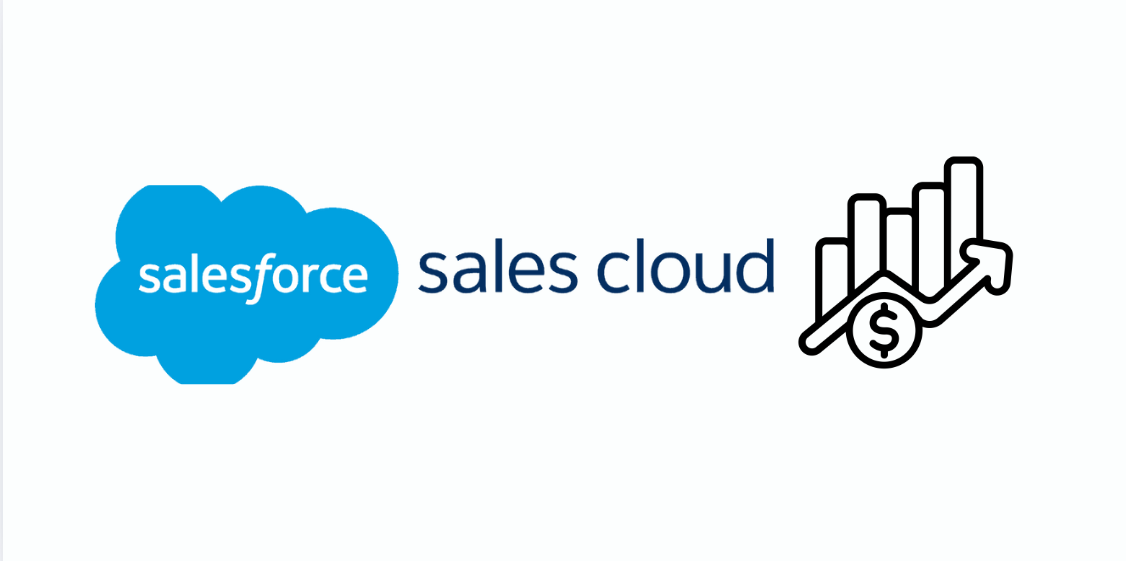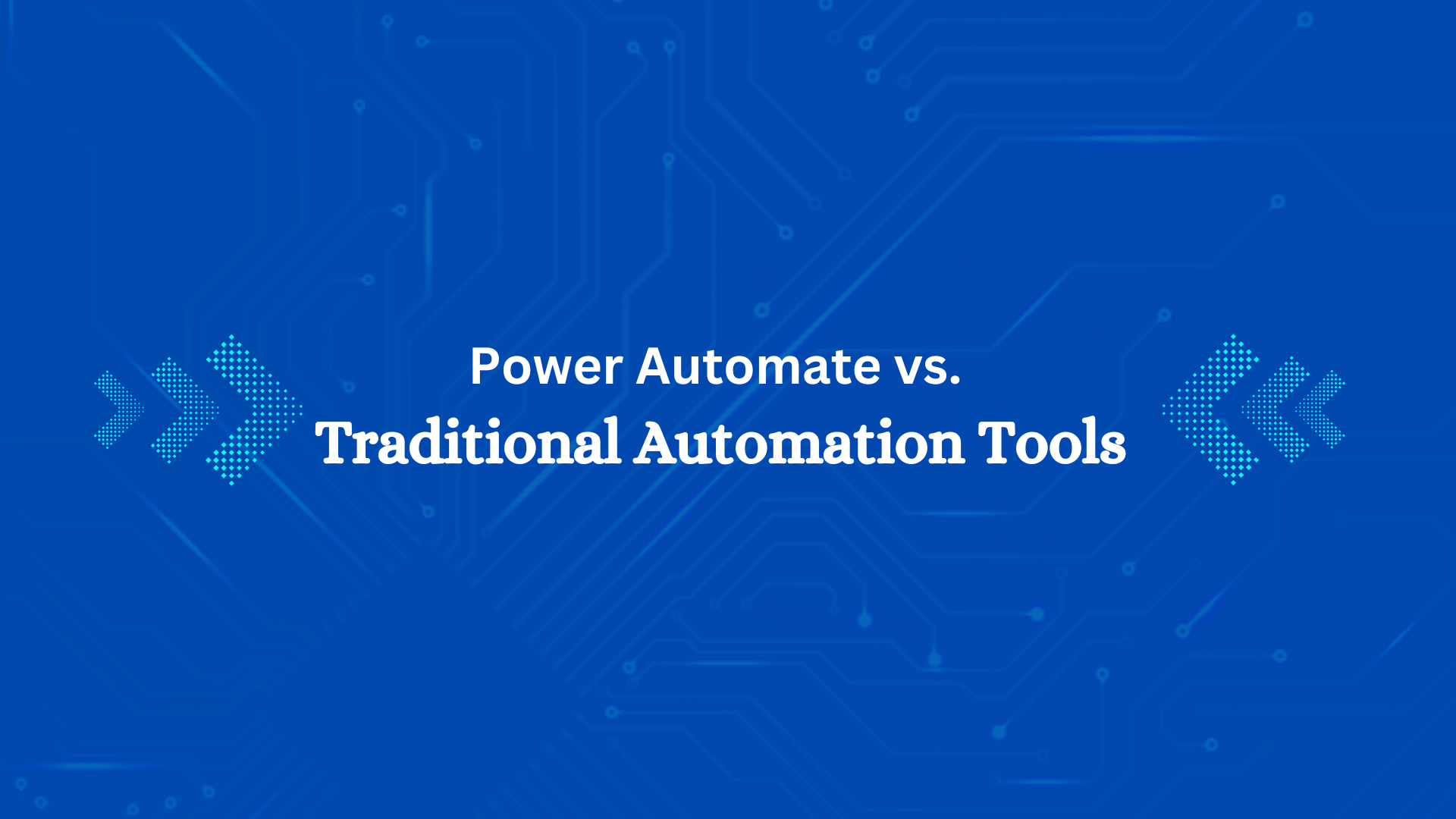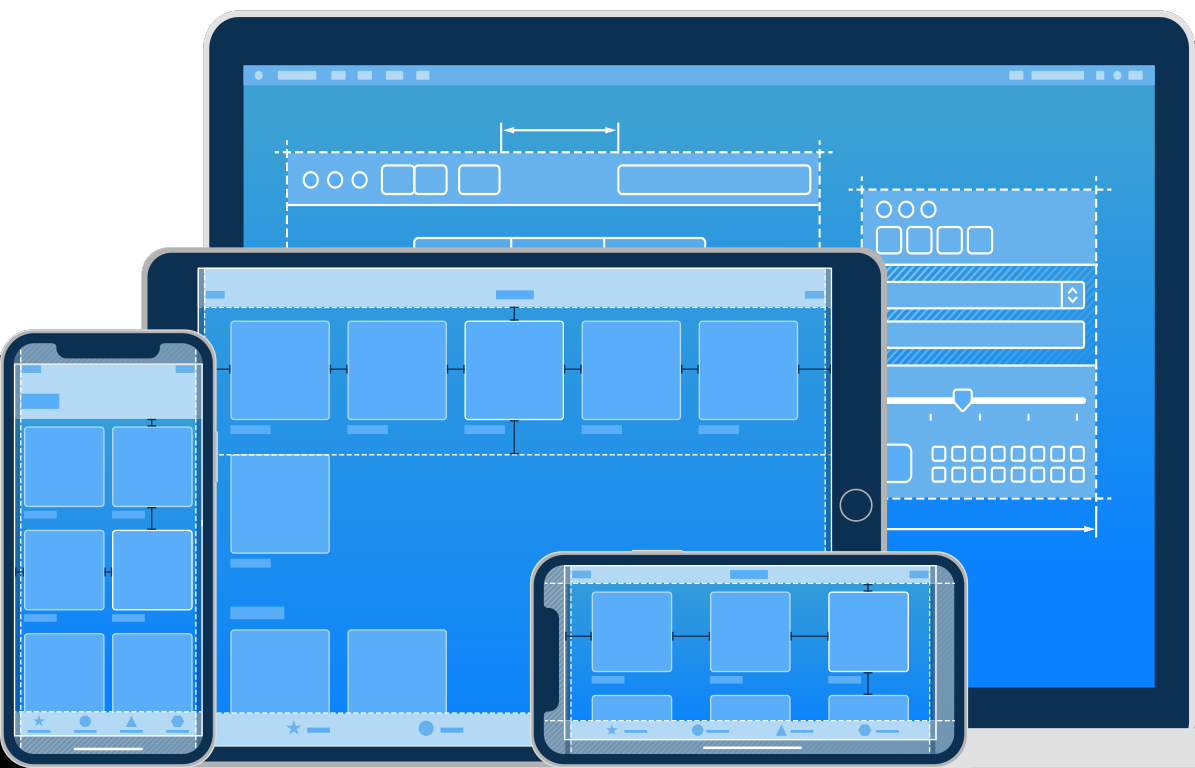With billions of Android users worldwide, Android App Development continues to evolve at a neck-breaking speed.
As more than 70% of mobile phones are Android-based, the App developers in the Android space offer a huge opportunity.
However, on the flip side, it makes the competition fierce, and to stay ahead of the curve, developers need to consider the principles to build an impactful Android App.
Let us look at the top 5 secrets for Successful Android App development in 2025.
Secrets for Successful Android App Development in 2025
1. Understand your Target Audience
In this era of hyper-personalization and customization in apps everywhere, it is crucial to understand who your users are. Conduct thorough market research and identify your buyer persona, their unique needs, and pain points. With a detailed user persona in mind, your Android App is more likely to succeed as it resonates with the target audience.
2. Focus on User Experience (UX)
User experience (UX) is at the heart of successful app development. Even if your Android App is packed with features and components, UX and navigation can make or break the chances of your app’s success. To maximize user satisfaction through a smooth navigational app experience, consider the following factors:
Simple and Clean Design: A minimalistic interface always works in your app’s favour. Use a clean layout and easy-to-read fonts. Avoid cluttered screens to keep users focused.
Responsive Design: Ensure your app works seamlessly on various screen sizes and resolutions. Example: Include Dark mode and accessibility features to cater to users’ needs.
Feedback Mechanisms: Implement feedback options, allowing users to report issues or suggest improvements. Keep the app interactive without too many distractions or pop-ups.
3. Optimize for Performance and Speed
Performance is a critical factor in the success of any app. Slow loading times or crashes can frustrate users and lead to uninstalls. Here are some tips to improve the performance of your app:
Optimize Code: Write efficient, clean code and avoid unnecessary complexity.
Use Asynchronous Operations: Implement background processing for tasks like network requests to keep the UI responsive.
Test on Multiple Devices: Ensure your app performs well across various devices and Android versions.
4. Use the right tools and technologies
When selecting the framework for your Android App development, it is important to consider the languages you are using and their suitability for your projects. In the world of Android Apps, two primary languages dominate:
Java – Java is an object-oriented language that allows developers to create reusable code modules called objects. It is a secure language that can run on any platform.
Kotlin – Kotlin is a relatively newer entrant in Android App development but is quickly becoming mainstream among developers. It is statistically typed and concise language, meaning it helps users avoid errors and allows them to write expressive codes. Additionally, developers can use Kotlin and Java code in the same project.
To create an app that is safe and error-free, it is important to select the right platform and the suitability of languages or a blend of it, to save time in the later testing and implementation stages.
Besides selecting languages, keeping in mind the latest technological trends like Android Studio for development environment, Firebase for backend support and other tools can save time and resources.
Keeping up with the latest trends in mobile app development like integrating AI chatbots, AR & VR, using Low-code/No-code platforms, and ensuring robust security measures will help your mobile app go a long way.
With the help of these tools and techniques, you can focus on creating a stellar app without worrying about errors, elaborate processes and app security concerns.
When venturing into the realm of Android app development, partnering with a leading mobile app development company in India can be the key to success. As a frontrunner in the industry, Codeplateau consistently delivers innovative and high-performing Android apps that resonate with global audiences. Our careful attention to detail, strategic utilization of the latest technologies, and unwavering commitment to quality set us apart as the top mobile app development company in Pune, India.
Conclusion
To sum it up, successful Android App development in 2025 requires a blend of creativity and a strategic approach. Researching the market and user preferences, focusing on UX and performance, choosing the right tools and technologies, and selecting an expert mobile app development company to partner in your app development journey can make it successful.
By following these basic principles of successful Android App development, you can build an app that resonates with your customers, provides a rewarding user experience and ultimately increases customer ratings and downloads.
We at Codeplateau, always encourage our customers to initiate discussions to analyze their requirements and create a match between the user’s needs and the delivery of Mobile App solutions.
If you are looking for a partner in your Mobile App development journey or looking to upgrade or find solutions for an existing app, get in touch with us – we’re always glad to hear from you.






